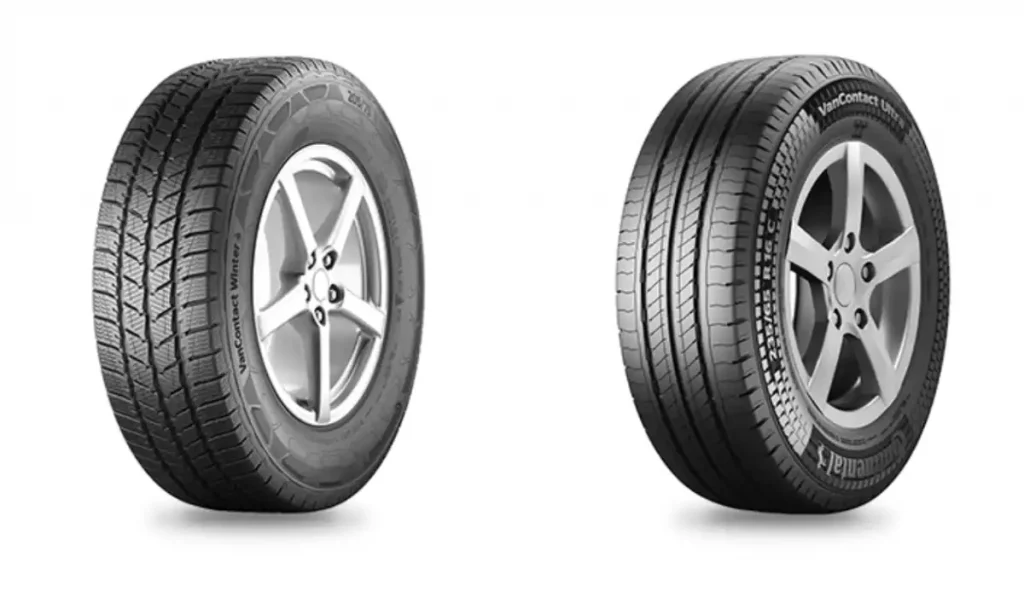
If you drive or operate a van to support a business, the chances are you’re often on the go – time is money, after all. In many cases, a van is a critical asset to allow businesses to reach and serve their customers. It’s vital, therefore, that you take the time to ensure your tyres are safe and suitable for the task at hand.
Is there a difference between car and van tyres?
Put simply, yes. Although they may look similar at a glance, a van tyre is specifically engineered for the work it needs to carry out. Not only could it be unsafe to fit a car tyre to a van, but it could also be illegal.
A major difference between car and van tyres relates to operating requirements which include the tyre’s load rating – the gross weight that the tyre has been graded to support, durability in both mileage and robustness and inflation requirements. In many cases, the whole purpose of an LCV is to carry heavier, bulkier payloads than would be suitable for a car. The exact same should be said for a van’s tyres, too.
A dedicated van tyre is optimised for performance and efficiency in what is a very specific use case. Some have sidewall protection built in, as well as different tread compounds and pattern designs with usually greater original tread depths to help operators extract the maximum service life from the tyre. Others have been developed for maximum economy for drivers covering high miles. This tyre uses an innovative rubber compound to combine wet performance with low rolling resistance.
What should I be doing to look after my tyres?
There are some easy steps any vehicle owner or driver can take to look after their tyres. First and foremost, a regular visual inspection cannot be underestimated. Look for damage, especially to the sidewalls, and check for anything embedded in the tread grooves. Spotting a screw, nail or other puncture-creating object early could be the difference between an inexpensive repair or a replacement tyre. It’s also vital to check your tread depths. If your tyre tread is below 1.6mm, the tyre is not road-legal and must be changed.
A major contributing factor to premature tyre failure is underinflation. You should regularly check that your tyres are inflated to the manufacturer’s recommended pressures. Don’t just rely on your vehicle’s in-built tyre pressure monitoring system to warn you they’re low, either. Even a few PSI short of the recommendation can have an impact on tyre reliability and fuel economy.
What are the consequences of poor tyre maintenance?
As mentioned, low tyre pressures can cause a reduction in fuel economy and cause premature damage to a tyre. It also makes them more susceptible to picking up a puncture. These are just tyre-related issues – think about the cost and business implication of taking the vehicle off the road at short notice and potentially having to let customers down.
Continuing to use a damaged tyre may not only be illegal, but it will significantly increase the risk of a tyre blowout. A blowout happens when there is a sudden depressurisation of the tyre – a bit like popping a balloon. The forces exerted from the explosion can cause fatal injuries to anyone standing in proximity to the tyre and can easily cause a loss of vehicle control if it’s heavily loaded and travelling at speed.
How do I know which van tyre is right for me?
We’d recommend speaking to your trusted tyre partner or retailer. Explain to them how you typically use your vehicle, and they should be able to provide you with a recommendation.